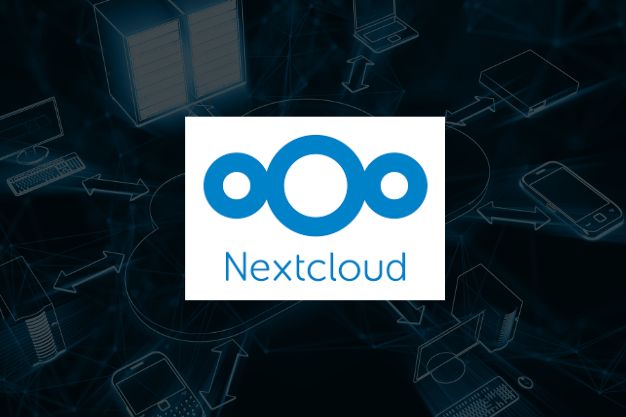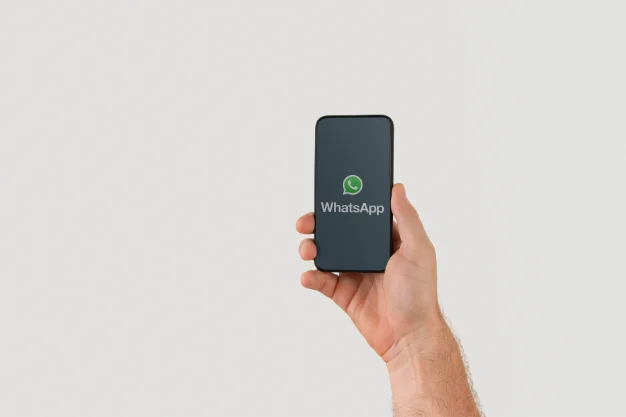Imagine a world where you don’t need a computer science degree, a hoodie, or a caffeine addiction to whip up a killer app. A world where your marketing intern can build a landing page, your HR manager can automate onboarding, and your IT crew doesn’t have a meltdown over yet another “urgent” request. Welcome to the revolution of low-code/no-code development and citizen development—a seismic shift that’s handing the keys to software creation to everyone, not just the coding elite. So, what’s this buzz all about? How’s it shaking up IT and marketing? Let’s break it down.
What’s Low-Code/No-Code Development, anyway?
Low-code and no-code platforms are prebuilt with clear instructions. Low-code platforms let you build apps with minimal hand coding using drag-and-drop interfaces and premade templates—it’s coding with training wheels. No-code platforms take it further: zero coding, just clicking and configuring.
Citizen development? That’s for non-techies—business users like salespeople, marketers, or that guy in accounting who’s obsessed with spreadsheets. These “citizen developers” use low/no-code tools to solve problems themselves, bypassing the IT bottleneck. Software creation isn’t just for programmers anymore—it’s for anyone with a bright idea and a mouse..
IT: Platforms, Power, and a Few Guardrails
For IT folks, low-code/no-code is both a dream and a “hold-my-coffee” moment. Here’s how it’s playing out:
- Platforms Galore: Tools like OutSystems (low-code with muscle), Mendix (enterprise-grade flexibility), Bubble (no-code for web apps), and Microsoft Power Apps (Office-friendly vibes) are handing business users a toolbox. Need a customer portal? Drag, drop, done. Inventory tracker? Click, tweak, launched. These platforms often come with visual builders, prebuilt integrations, and enough customization to keep things interesting.
- Empowering the Masses: Low/no-code lets business users tackle their own needs, freeing IT to focus on big-picture stuff like cybersecurity. For example, a sales rep can create a lead-tracking app while IT sips tea and nods approvingly.
- Governance & Security: Here’s the “hold-my-coffee” part. Unleashing citizen developers is great—until someone builds an app that leaks data or crashes the payroll system. IT steps in with guardrails: setting permissions (who can build what), enforcing security standards and monitoring apps to ensure they don’t turn into digital gremlins.
- Integration with Existing Systems: Low/no-code platforms plug into legacy systems. Your new app can chat with the old guard, pulling data or pushing updates without a full-blown IT overhaul.
Marketing: No-Code’s New Best Friend
Marketing teams are jumping on the no-code train faster than you can say “SEO.” Here’s how they’re wielding it:
- Website Updates & Landing Pages: Need a new page for that flash sale? Tools like Webflow or Carrd let marketers tweak designs or spin up landing pages without begging a developer or breaking the site. Drag a button slap on a headline to go live in hours, not weeks.
- Marketing Automation Workflows: Platforms like Zapier (technically low-code-ish) or Airtable with automation add-ons let marketers connect tools—think “someone fills a form, gets an email, and lands in the CRM.” No more manual copy-pasting; just set it and forget it.
- Data Visualization: Want to dazzle the boss with sales stats? Tools like Google Data Studio or Tableau Public (no-code-friendly versions) turn raw numbers into pretty charts—because pie charts beat spreadsheets any day.
- Simple App Creation: For a quiz to boost engagement, Glide or Adalo lets marketers build mobile apps without a single line of code.
Marketing’s all about speed and agility—low/no-code delivers, letting teams pivot fast while keeping developers out of the chaos.
Why It’s Hot: The Perfect Storm of Awesome
This isn’t just a tech fad and here’s why it’s scorching:
- Fills the IT Skills Gap: There aren’t enough coders to go around. Low/no-code lets regular folks step up, shrinking the gap.
- Speeds Up Development Cycles: Traditional coding can take months—planning, coding, testing, debugging. Low/no-code? just days or hours.
- Empowers Business Users: Citizen developers build their own tools, no waiting, no “lost in translation.” It’s like letting the people make their own stuff.
- Reduces Reliance on Traditional Coding: When a marketer can tweak themselves, costs drop, speed things up, and IT can focus on the heavy lifting.
This combo tackles real pain points: Low/no-code flips the script, making software development a team sport.
The Big Picture: Democracy in Action
Low-code/no-code and citizen development are a movement. They’re tearing down the ivory tower of coding. For IT, it’s a chance to offload grunt work and play strategic superhero. For marketing, it’s a turbo boost to creativity and speed. And for businesses it’s a lifeline to innovate fast, adapt faster, and thrive.
It’s software development for the people, by the people—and it’s here to stay. Take your pick and start building. At Voilawex, the smartest digital marketing agency in Kochi, Kerala, we harness the potential of no-code tools to craft seamless digital solutions. From lightning-fast website development to automated marketing workflows, we help businesses innovate without the wait. Let’s turn your ideas into reality—without the hassle of traditional coding. Contact us today at +91 8129 837 086 / mail@voilawex.com. The future is not coded in Python or Java—it’s clicked, dragged, and dreamed into existence. Welcome to the revolution, citizen developer. Your cape’s waiting.











